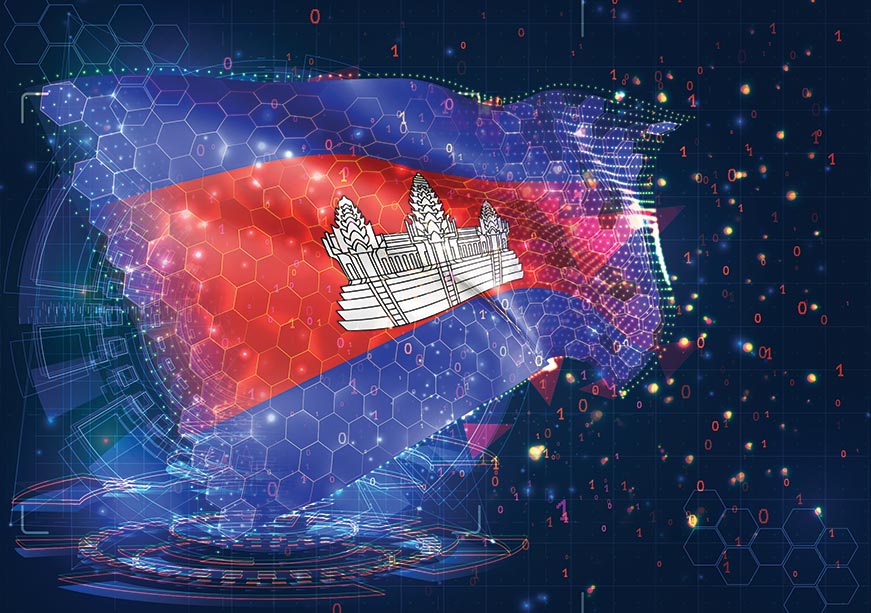As the foreign secretaries from India and Pakistan try this week to sustain the peace process amidst growing mutual suspicion, the Siachen question offers one potential area where recent progress could be consolidated. Discussions on the demilitarisation of the Siachen conflict zone have been proceeding slowly but surely towards a political agreement, even though the pace is too gradual to satisfy pragmatic analysts in both countries. Both the parties to the conflict now realise and accept that the Siachen Glacier area does not have adequate strategic significance to justify a prolonged conflict. Both are willing to move forward to demilitarisation as the first step towards finding a solution to the extension of the LoC beyond NJ 9842. However, both are finding it difficult to overcome deeply entrenched mindsets and negotiations are stuck in a groove.
India continues to insist that the Indian army's present defensive positions on the Saltoro Range along the Actual Ground Position Line (AGPL) should be accepted by the Pakistan army and demarcated on both ground and map so that there is a reference point for disputes that may arise in future. Pakistan's position is that by suddenly grabbing the Saltoro Range west of the Siachen Glacier, India violated the 1972 Shimla Agreement and must, therefore, vacate its "aggression" without insisting on legitimising its illegal occupation. For the Siachen demilitarisation process to move forward, this deadlock must be resolved.
It can be overcome only at the highest political level through statesmanship. The next summit meeting between Prime Minister Manmohan Singh and General Musharraf should see the resolution of this muddle. Demilitarisation will be possible only if the agreement states that it has been reached without prejudice to the positions of both the countries on the final settlement of the Siachen dispute and in consonance with India's position on the China-Pakistan boundary settlement of March 1963 by which Pakistan illegally ceded 5,180 sq km of J&K territory to the Chinese.
Soon after a political agreement to demilitarise the Siachen conflict zone is reached, the disengagement process can begin with the Indian and Pakistani armies negotiating its framework. The two DGMOs can together chair a Joint Working Group to work out the modalities of the disengagement and monitoring process along with civilian representatives.
In fact, if the disengagement process moves smoothly, the next logical step for the two armies would be to agree to demilitarise the area to the south of NJ 9842 upto the Shyok River. This could be done in a subsequent phase over the following summer as this area will otherwise remain occupied and could present opportunities to both the armies to launch encroachments or intrusions to consolidate their positions. Also, the area is a continuation of the Siachen terrain and presents almost the same logistics and climatic difficulties. The completion of this additional disengagement will provide a clear geographical alignment north of which there will be no military personnel. It will also act as a confidence building measure. The monitoring process could be initially unilateral and could graduate to bilateral cooperative monitoring with a jointly manned monitoring centre established at the LoC between Chalunka and Siari on the south bank of the Shyok River.
It will be essentially up to the military negotiating teams of India and Pakistan to discuss the operational issues in much greater detail and reach agreement based on factors rooted in the deployment on the ground and the likely tactical and logistics impact of each issue. Given the political will to move forward and secure a demilitarisation agreement, no major disagreement is likely between the two armies. There have been several examples of strict adherence to negotiated army-to-army agreements in the past. In the Siachen area, the agreement reached between the sector commanders in May 1989 in the Chumik Glacier has been respected ever since.
The demilitarisation of the Siachen conflict zone is an idea whose time has come. The last remaining stumbling block can be resolved by the Indian and Pakistani leaders finding the political will necessary to accept ground realities. It will not be difficult for the two armies to mutually work out a viable disengagement process that can be implemented to the satisfaction of both over a period of two to three summers.
When demilitarisation at Siachen is finally completed, it will act as a confidence building measure of immense significance and a catalyst for peace. It will also be a precedent for future demilitarisation on other sectors of the Line of Control. While the government continues discussions with Pakistan, it must also take the steps necessary to inform and mould public opinion within India so that a broad consensus can be achieved on this important national security issue. And it must take all major political parties into confidence, especially its own alliance partners.
The writer is director, Security Studies and senior fellow, Observer Research Foundation, New Delhi
Source: Indian Express, New Delhi, January 16, 2006.
* Views expressed in this article are those of the author and do not necessarily reflect those of Observer Research Foundation.
The views expressed above belong to the author(s). ORF research and analyses now available on Telegram! Click here to access our curated content — blogs, longforms and interviews.




 PREV
PREV

